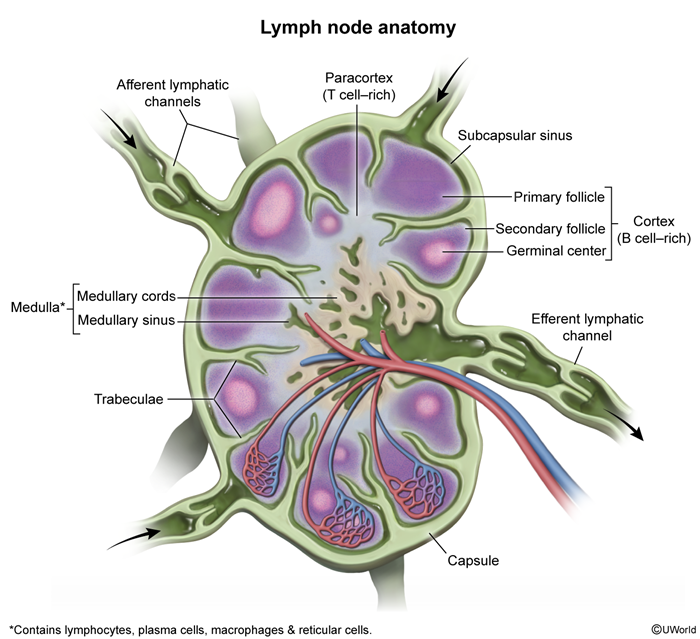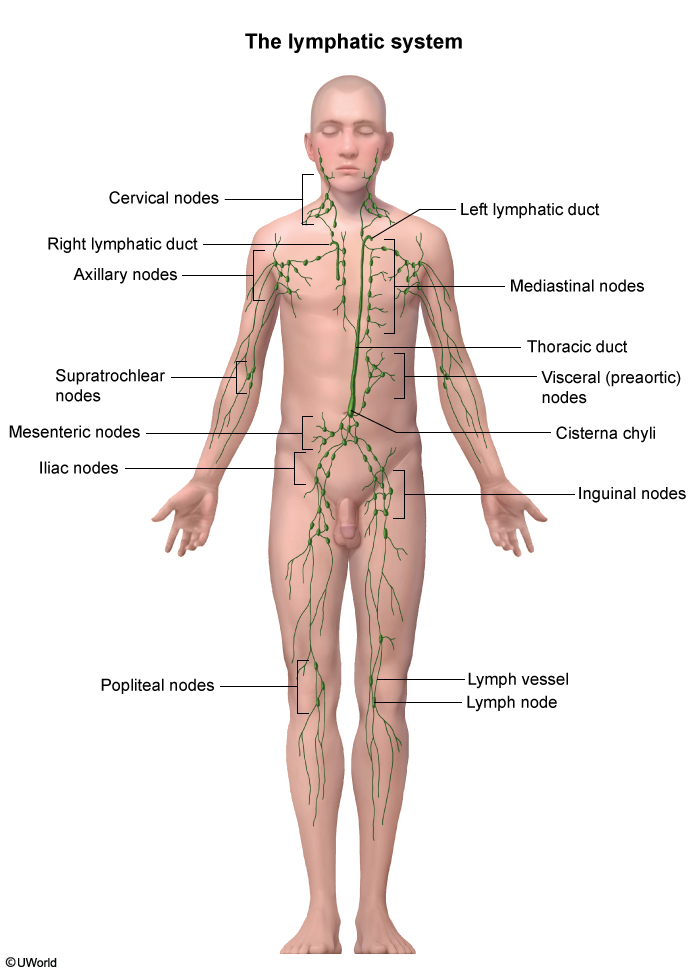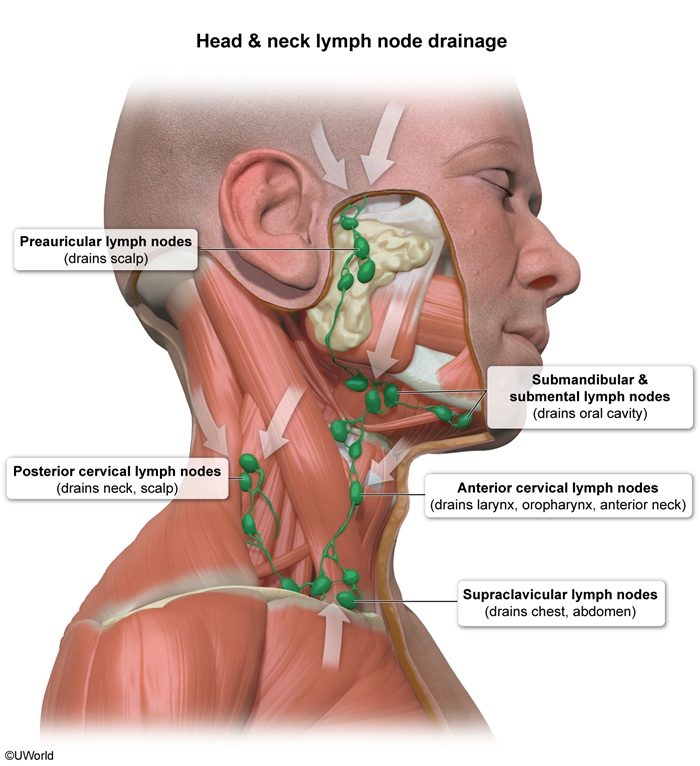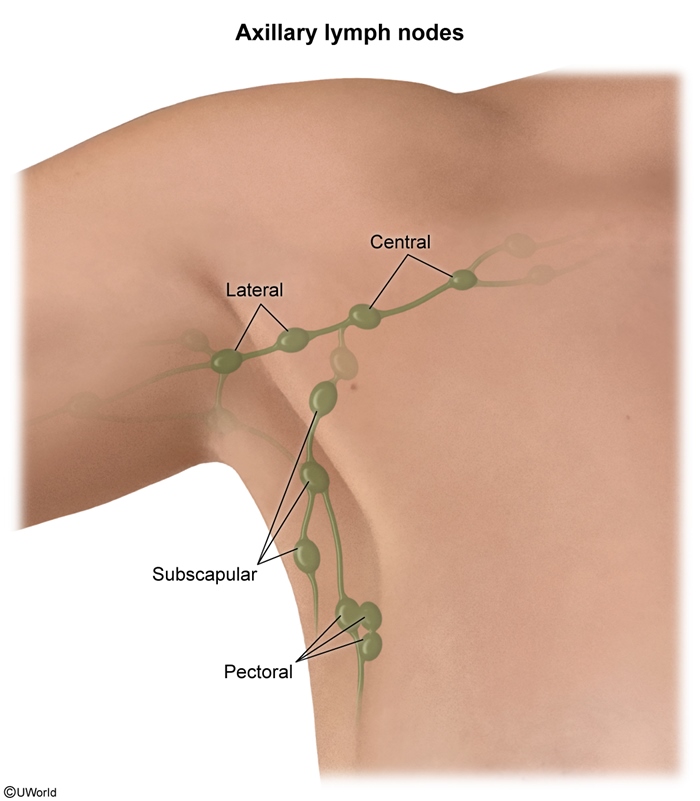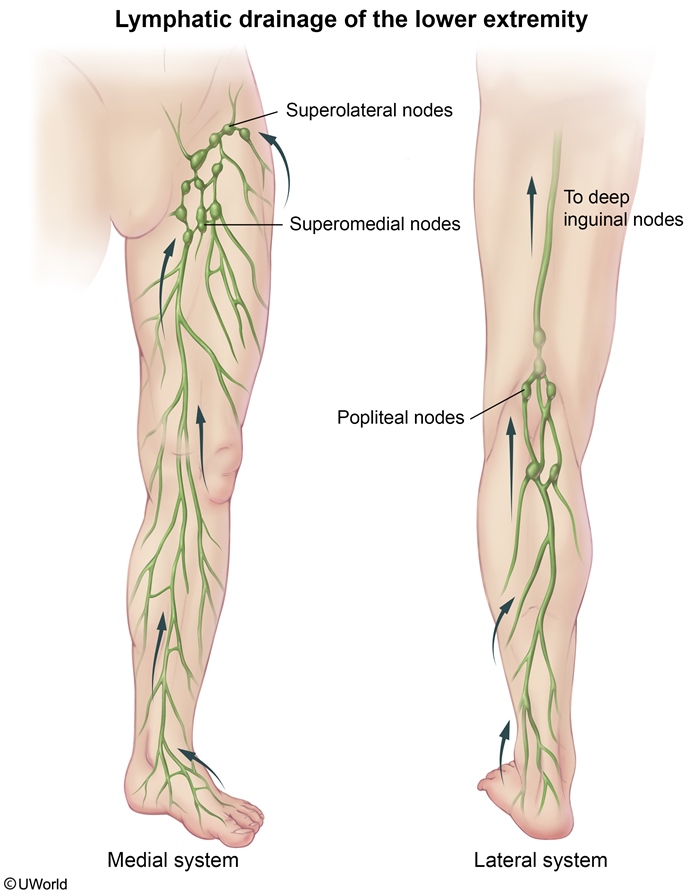Lymph Node Structure And Function
Article Sections
Introduction
Lymph nodes are small, bean-shaped organs strategically located along lymphatic vessels throughout the body. These specialized structures serve as filtration stations and immune response hubs, playing a crucial role in the body's defense against infections and surveillance of abnormal cells. This article provides an overview of lymph node anatomy and physiology, with particular emphasis on their structural organization and functional significance within the immune system.
Structure and function
Lymph nodes have a complex internal architecture that facilitates their immune functions (Figure 1). An outer capsule composed of dense connective tissue encases and protects the node. Underneath are trabeculae, which are internal fibrous extensions that project inward from the capsule, providing structural support and creating compartments for cellular organization. Each lymph node contains a hilum, a concave region allowing passage of arterial and venous blood and containing efferent lymphatic vessels.
Continue Learning with UWorld
Get the full Lymph Node Structure And Function article plus rich visuals, real-world cases, and in-depth insights from medical experts, all available through the UWorld Medical Library.
Figures
